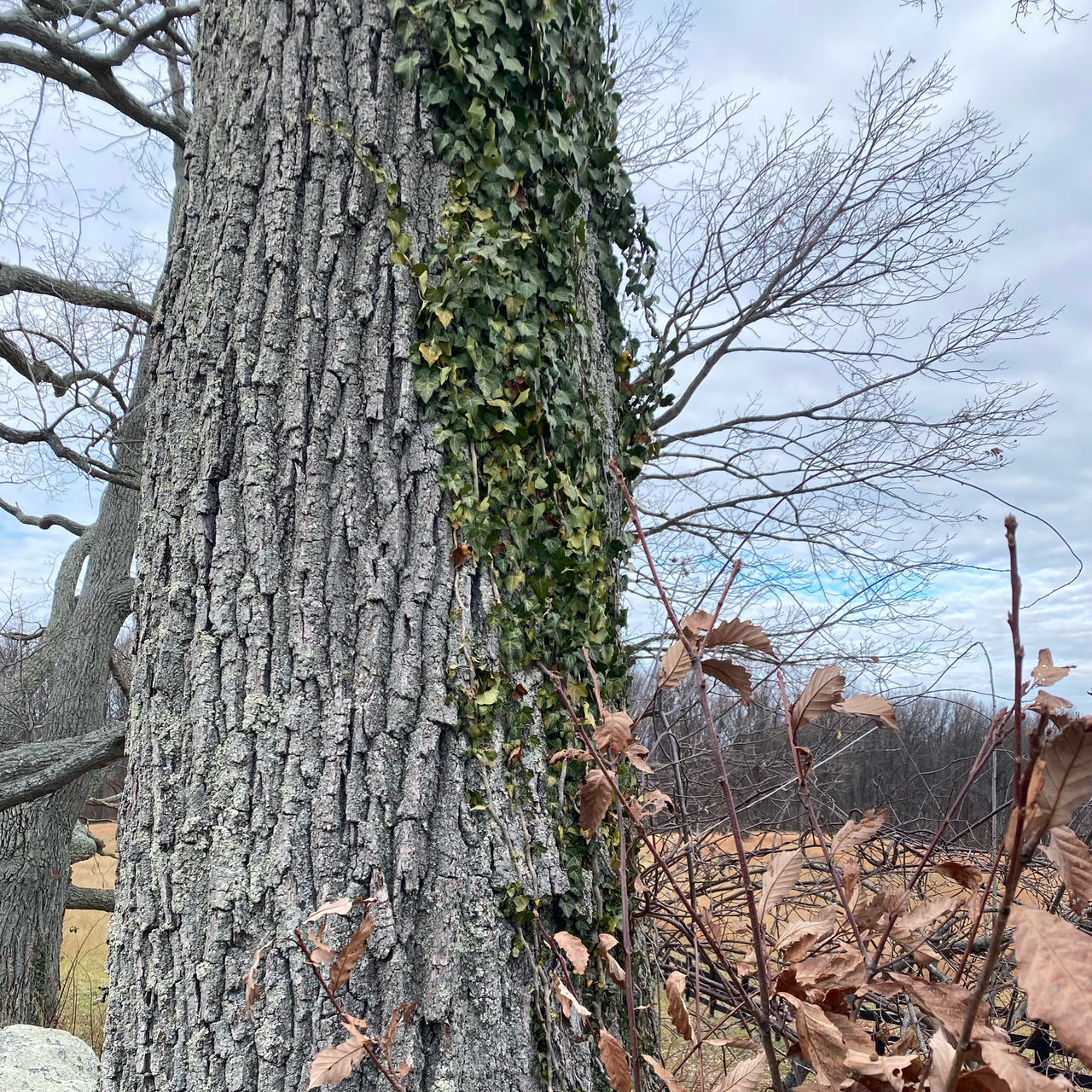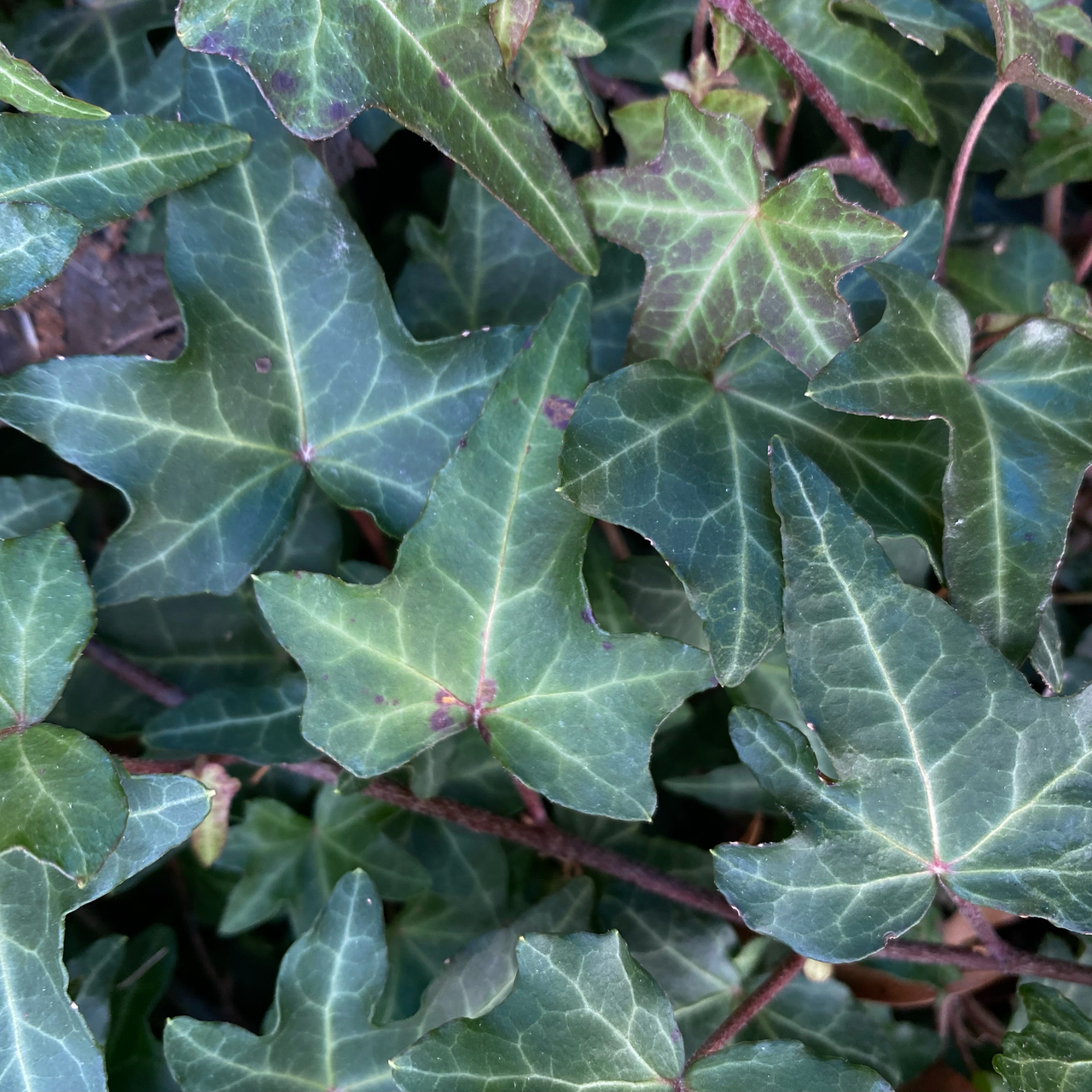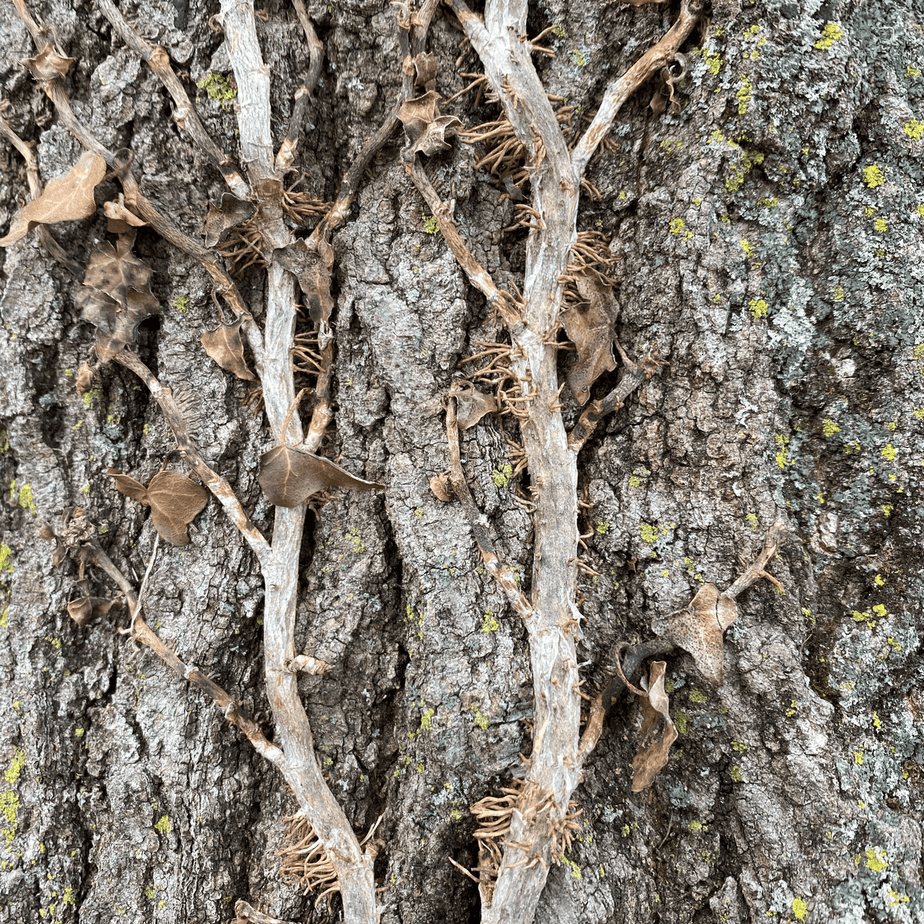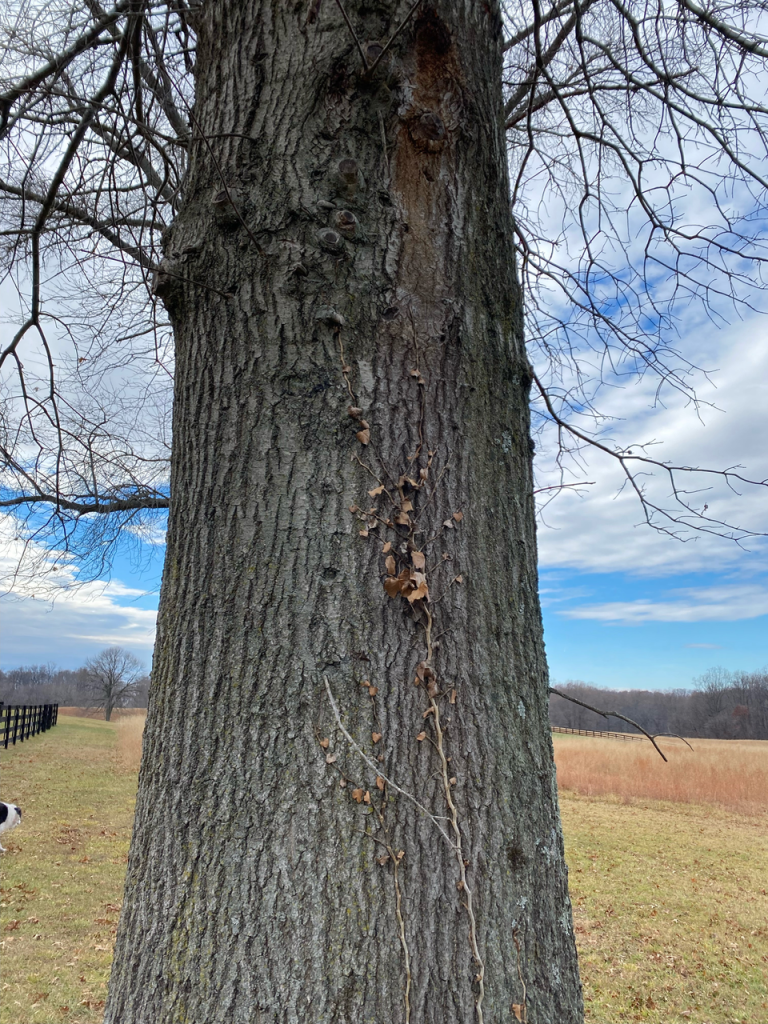English Ivy is a very common plant. It is native to Europe. As a result, it is an invasive species. It provides a great, green carpet of foliage; however, it has some drawbacks. There are many kinds of ivy. They all have some specific characteristics in common. Read on to find out the pros and cons of planting English Ivy or any other ivy.
Common Characteristics of English Ivy and most Ivy Plants
There are two main characteristics of most ivy plants.
Benefits of Ivy Plants
There are several benefits to planting ivy. First, it is easy to grow. Ivy is an evergreen vine; therefore, it stays green all year long. It can cover a large area with a dense mat of foliage. This mat usually prevents any other plants from growing in the area.
Disadvantages of English Ivy and Ivy Plants in General
There are several disadvantages to planting English Ivy and ivy plants in general. First, it spreads everywhere. This plant requires consistent pruning to manage. Second, the aerial rootlets are difficult to remove. They produce a sticky substance that helps them adhere to surfaces. These rootlets penetrates and grips concrete, brick, and trees causing significant damage. The vine grows on trees and smothers out the natural foliage slowly killing the tree. Finally, according to the National Invasive Species Center, it is invasive. Invasive plants compete and extinguish natural foliage. They are never good for the environment. Here is a blog post discussing another invasive species.
In conclusion, ivy has its place in some landscape settings. It needs to be continually monitored to manage its growth patterns. If so, it provides a pretty, low maintenance ground cover.



